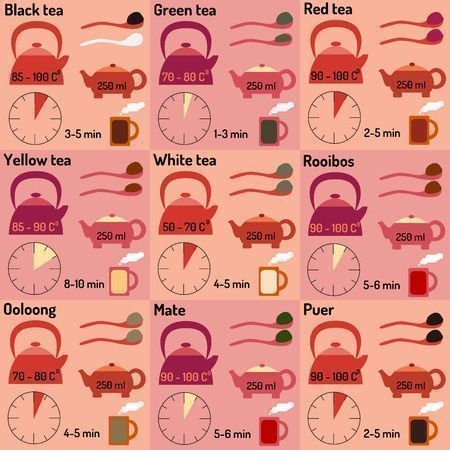Habits and Affirmations
If a ship does not have a clear sense of direction, it will go around in circles. Making a healthy lifestyle change and a new, younger me is much like a ship traveling from point A to point B; one needs a clear direction! Because of this, and to help guide my new healthy lifestyle, I’ve focused on cultivating solid habits and affirmations.
I’ve done a lot of research on reversing the aging process, but the resource that best sums up my goal is Deepak Chopra’s book Grow Younger, Live Longer. In it, Chopra outlines various steps we can take to actually grow younger through nutrition, exercise, proper rest, etc.
Inspired by this idea, I have set my year-end biostat (biological statistic) goal to become 39 years old. I know I am 47 years old, but biologically I want to finish this year at an age of 39. To lay a foundation for lifestyle change that will help me accomplish my goal, I’ve incorporated habits and affirmations into my daily life.
My Daily Affirmation

My affirmation sums up all the areas in which I want to invest making a successful lifestyle change, in elegant Chopra style. I read it every morning and check in to review if my ship is moving into the right direction toward age reversal. 39 is a bit ambitious but I believe it is feasible. This summer I am planning to conduct further bio tests — a bit difficult to conduct in Malawi — and hopefully I will arrive at this number.
Here is my affirmation:
“Every day in every way I am increasing my mental and physical capacity. My biostat is set at a healthy 39 years of age. I look and feel like a healthy 39 year old. To reverse my biological age, I will begin by changing my perception of my body, its aging, and time. I do this through the following:
- Two kinds of rest (restful awareness and restful sleep)
- By nurturing my body through healthy foods,
- By using nutritional compliments wisely
- By enhancing mind/body integration
- Through exercise
- By eliminating toxins from my life
- By cultivating flexibility and creativity and consciousness
- Through love and by maintaining a youthful mind.”
I translated this affirmation into a 6-pillar development plan in this post to put this lifestyle change into practice. And if you haven’t read the first blog post on preparing for a healthy lifestyle change and crucial time management in order to do so, read it here. Like time management, habits and affirmations are an important part of building a foundation for lifestyle change.
Conscious vs. Subconscious mind

To achieve my goal I have incorporated a lot of different routines. It’s a little bit like driving on autopilot. When you start driving a car, you don’t start by thinking, “Let me put by hand onto the steering wheel, let me start the car, shift the gear, press the break, look trough the window.” You do these things almost automatically. Your brain is trained to do them effortlessly.
But remember your first driving lesson, how nervous you were and how challenging driving was at that time?
To me all these new routines are similar, and once I moved these habits (through the use of my affirmation) into my subconscious mind, they become effortless. They are now an automatic part of my day. I am happy when I realize later that I am on track and moving forward.
On the other hand, my conscious mind is busy focusing on the main goals I have set for my day, the challenges I am trying to solve, and the results I am trying to achieve.
It is an elegant balance between moving forward in my growth and being able to accomplish everything scheduled in my day. They are not conflicting but rather they are complementary in moving towards growth.
Habits

One of the hardest things to establish are habits. You might say, ” I don’t have time to do that,” or “My day is already busy,” or “I don’t have the energy or motivation for a new routine.”
Trust me, I was the same way!
But then I came across Andy Ramage and his One Year No Beer (OYNB) program. When I joined OYNB in 2017 the only thing I did was listen to Andy’s thoughts on establishing goals and habits. I listened with disbelief because everything sounded so unrealistic and so far removed from my life. It sounded great, wonderful, but how the hell can I (little me) achieve this?
But then something changed. I took little, tiny steps into the direction he suggested. I started with a few minutes, reflected on the results and then started to expand on new habits and new routines.
Life is a daily journey, and it is about realizing and welcoming every single moment and appreciating what we have. When you grow a habit like you would grow a seed into a plant, you are building a strong foundation, and therefore something that has the chance to be sustainable and to be with you for a long time.
Habits are not doing the same thing every day in the exact same way. A habit (like a plant) needs to be adjusted, pruned, changed up. It is that flexibility, the openness to drop a habit and try a new thing which makes a habit powerful and eternal.
Now I probably have about 50 habits I am focusing on every day and I love it. I love the fact that I am investing in my future and health while having fun in the present and that I am on track of achieving my goals.
























































